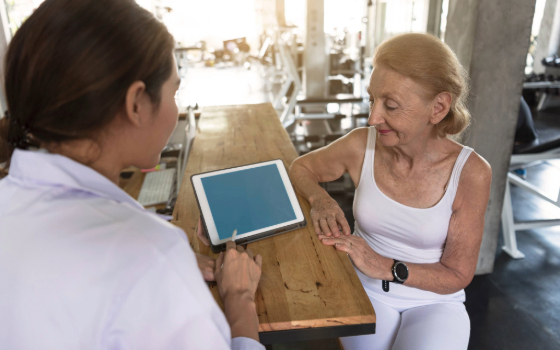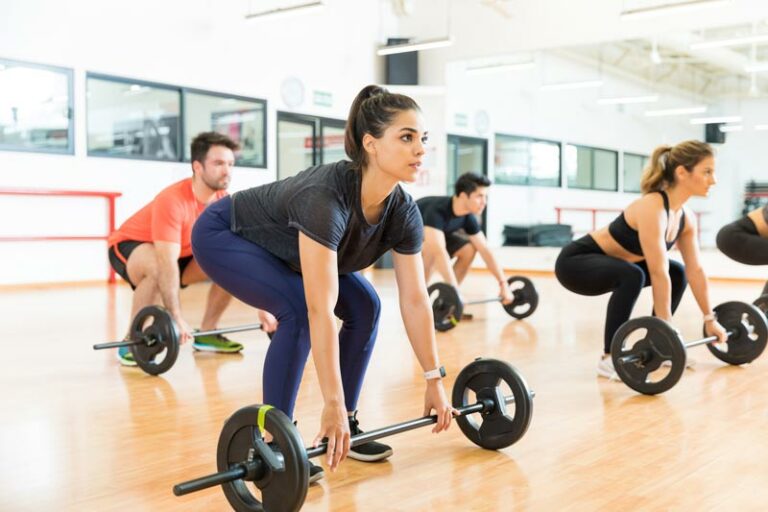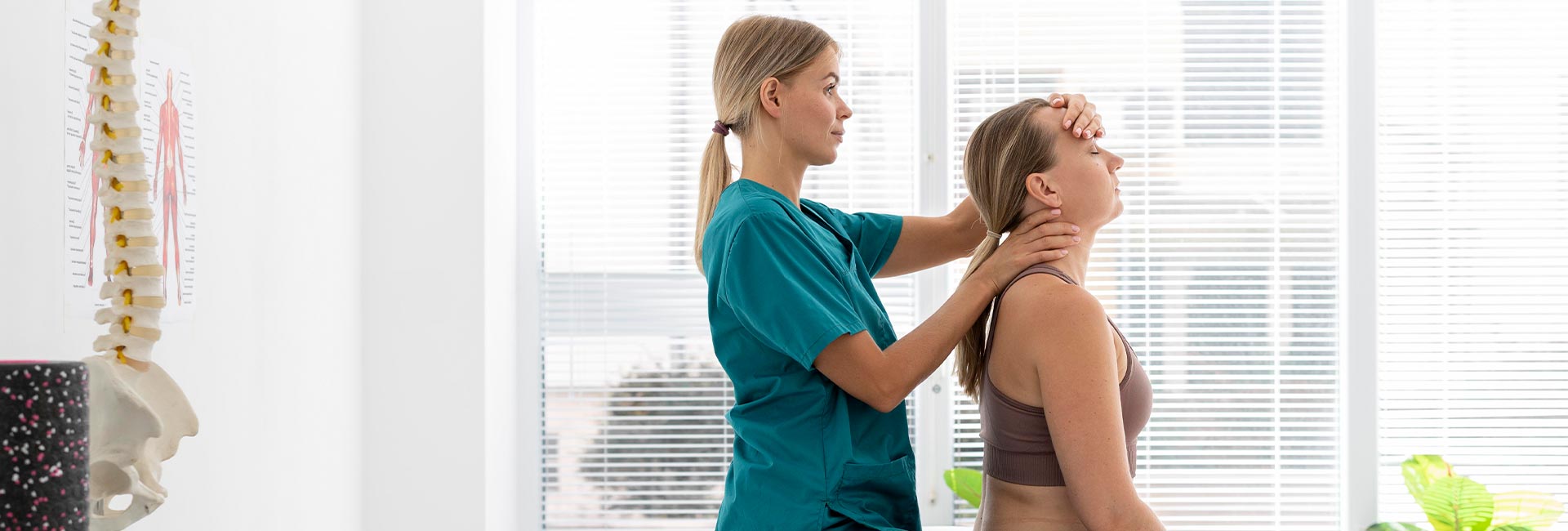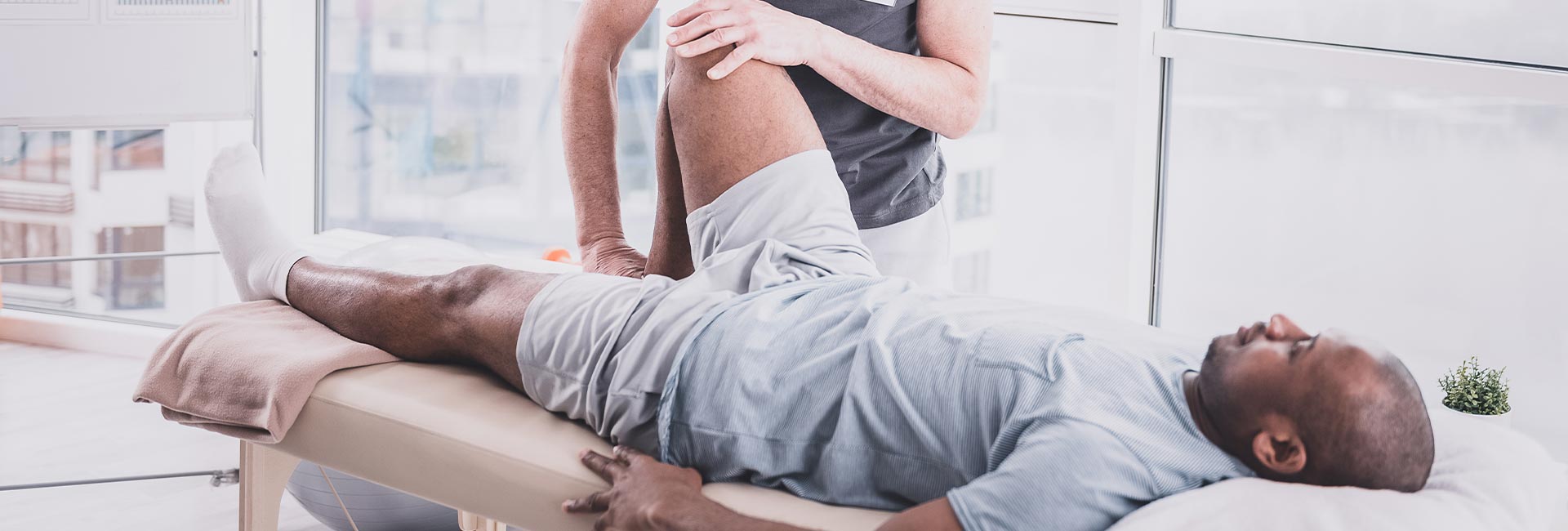What is fibromyalgia?
Fibromyalgia is a condition that causes widespread pain throughout the body as well as a cluster of other symptoms. The cause of fibromyalgia is unknown, but evidence suggests changes in the nervous system and how the body processes pain likely play roles in the condition. Fibromyalgia symptoms can be triggered by trauma, injury, surgery, big life stressors or they can gradually occur over time. Fibromyalgia affects nearly 5 million Americans with a high percentage of cases being female.

There are no definitive medical tests for fibromyalgia.
Your physician will often order tests to rule out other similar conditions, such as lupus or rheumatoid arthritis. If similar conditions are ruled out, your physician will base a diagnosis on key symptoms such as pain, the presence of tender points throughout the body, fatigue, cognitive problems, and sleep disturbances.
What are symptoms of fibromyalgia?
Although pain is often the most pronounced symptom, fibromyalgia is considered a syndrome or cluster of symptoms that are often present together. Symptoms of fibromyalgia include:
- Pain throughout the body or at multiple sites on the body
- Fatigue
- Sleep disturbances
- Difficulty with concentration or memory (often referred to as “brain fog” or “fibro fog”)
- Tenderness to touch or pressure
- Headaches
- Stiffness
- Numbness and tingling
- GI issues
- Increased sensitivity to sensory stimuli such as sounds, smells, lights
How can physical therapy help with fibromyalgia?
Although there is no cure for fibromyalgia, physical therapy can help to reduce pain and manage symptoms.
Physical therapists complete a thorough examination to best understand your symptoms and goals. They will then be able to point you to treatment that is tailored to you and best works toward your goals and interests. Physical therapists often help individuals with fibromyalgia through education on the neuroscience of pain, exercise programming, fatigue management and manual therapy.
Education
Physical therapists can help you to better understand how fibromyalgia affects your body’s response to pain. This can help you to feel more in control of your pain and have active ways to reduce your symptoms. By better understanding the neuroscience of how our body perceives and interprets pain signals, you can better understand ways to help reduce the sensitivity of your nervous system and improve pain including through treatments such as mindfulness, breathing techniques and movement.
Learning ways to manage fatigue can also help improve your symptoms and increase function. Your physical therapist can educate you on ways to pace your activities and schedule your day to avoid overworking and ending up with increased symptoms or flare-ups.
Your physical therapist may also help with ways to complete daily tasks with less pain such as helping with modifying positioning for cleaning, bending or lifting.

Sleep disturbances are a common occurrence for individuals with fibromyalgia, and not getting a good night’s sleep can increase symptoms of “fibro fog,” pain and fatigue. It can often help to get individualized help with alternative sleeping positioning, ways to improve your sleep routine or sleep hygiene, and methods to help with getting to sleep such as light stretching before bed or guided meditation. Your physical therapist will work with you individually to help with improving your sleep to allow your body to recover easier and reduce the stress on your body and nervous system.
Exercise
Individuals with fibromyalgia may find exercise intimidating as movement can often be painful, but exercise is one of the most studied and often recommended conservative treatments for fibromyalgia. Physical therapists can help you find exercises that your body can tolerate to help you move easier and improve fatigue.

Aquatic exercise is often tolerated well for individuals with fibromyalgia and provides a way to get both cardiovascular and strength training.
Aerobic exercise, such as walking or biking, has also been found to help improve pain, anxiety and fatigue related to fibromyalgia.
Resistance training using weights or body weight can also be helpful in building strength, reducing fall risk and improving function.
Your physical therapist can help you create a personalized plan to get started with aerobic, aquatic, or resisted exercise that fits your needs and your current activity level. They will assess where you are currently and work with you to make sure that the exercise you choose together helps you to work toward your goals and that you feel safe and confident completing them.
Manual therapy
Although tenderness to touch and pressure can be a symptom of fibromyalgia, many individuals find that soft tissue techniques such as massage and myofascial release can be helpful for their symptoms. There is evidence to support manual therapy to help with pain relief, although this does not have a direct correlation to improvement in fatigue. Your physical therapist will assess your specific needs and collaborate with you if manual therapy could be helpful for you.

Fibromyalgia can be a painful and frustrating disorder, but physical therapy can help you improve and manage your symptoms through education, exercise and manual therapy. A physical therapist will listen to your individual story, provide a thorough physical examination to best assess your needs, and collaborate with you to create a plan to work toward your goals. Reach out to a physical therapist today to get started on your journey to take back control of your symptoms.

Don't let fibromyalgia stop you from the things you love.
As physical therapists, we know the importance of movement for overall health and well-being. Our passion is to help every patient reach their goals and live an active, pain-free life. Get started with PT today!

